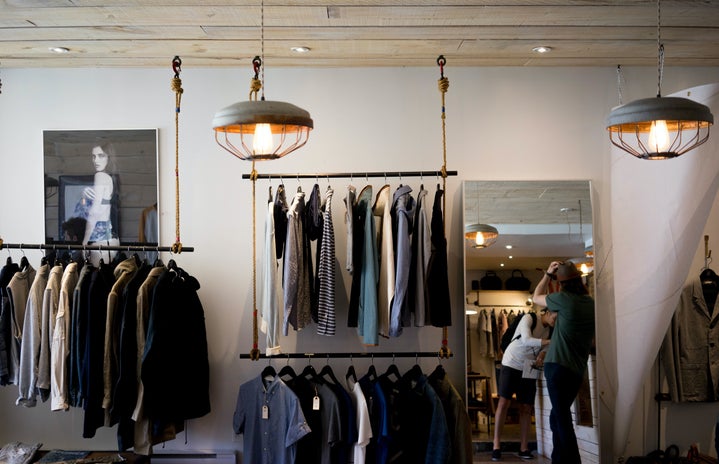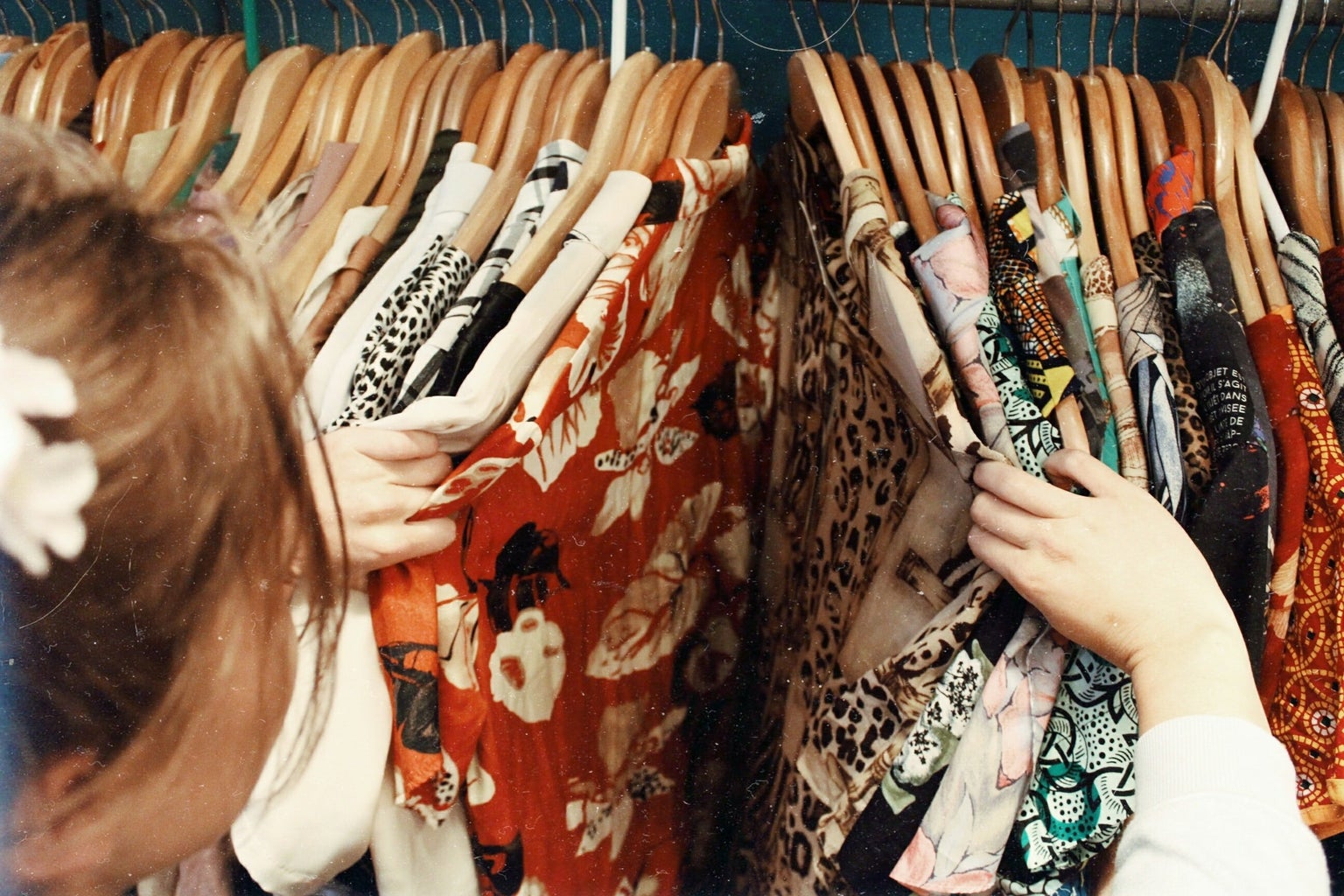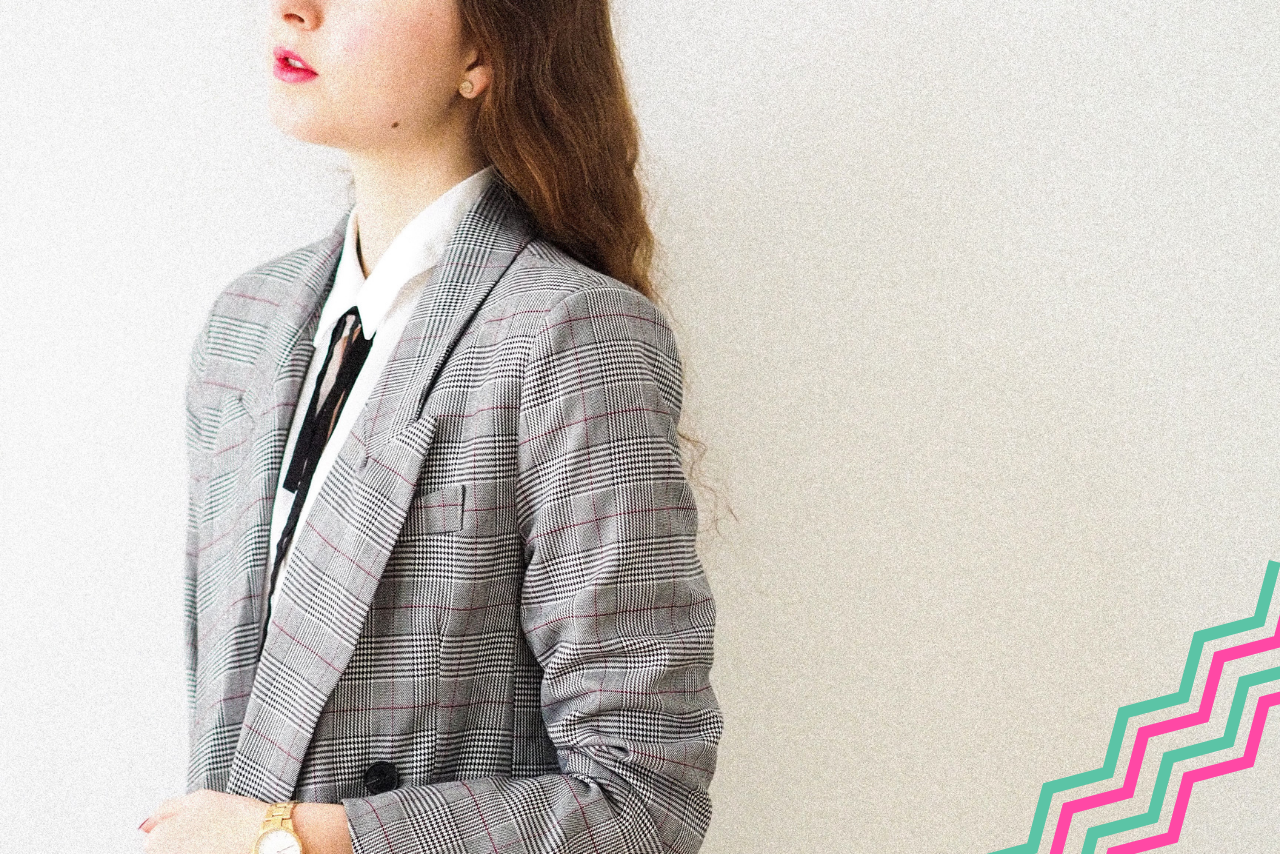Summer is right around the corner, and with it comes a wave of college kids starting new internships and jobs. First impressions are everything, and knowing that, most of us are stressed out about what to wear on our first day. Who even knows what business casual means, anyways? In this article, I’m decoding the four standard office dress codes so you don’t end up under, or over, dressed this summer.
Business Formal
This is the most formal (hence the name) dress code you’ll find. Usually, business formal isn’t an office dress code, it’s more of an event dress code. You might be asked to dress business formal to an award ceremony, a nice dinner, or a business event.
For this dress code, your safest bet is a dark-colored, more conservative suit. You want to be completely dressed to the nines in this dress code, leaving no detail left unkept. If possible, you’ll want a matching business suit in a conservative color: black, navy, or brown. The bottom piece of the suit can either be pants or a skirt, but with skirts make sure they sit just above the knee, nothing shorter! If suits aren’t your style, dresses can also be acceptable, but follow the length requirements of skirts, and make sure no cleavage is showing. Keep the heels short, or wear a nice pair of flats, but make sure the toes are closed. Think classy: no flashy jewelry, no obnoxiously strong perfumes, and please, don’t wear white socks.
Business professional
To blazer or not to blazer — that is the question. Okay but seriously, that’s the one question that I kind of can’t answer, but I’ll get into that. Business professional is just slightly less formal than business formal, with extra emphasis on the slightly. It’s still considered a very formal type of office dress code, so you’ll need to dress accordingly. You’re most likely to have a business professional dress code if you’re in offices like finance, law, or government.
Here, suits aren’t necessarily required but are a great option. You’ll still want to keep the colors more conservative but can mingle into greys, beiges, and other neutral tones. Here, your safest bet is a pair of dress slacks or a skirt (keeping the length requirements from above), a dress shirt or blouse, and a blazer. The key difference here is that your pieces don’t necessarily have to match; unlike business formal, black slacks with a grey blazer would do just fine. Like business formal, you’ll want to keep accessories minimal and classy and pay attention to small details like hair frizz or shirt wrinkles.
Oh yeah, about blazers. The thing with business professional is that no one really has a consensus on whether or not blazers are required. Most of the time, your office will let you know if blazers are required, but bring one just to be safe and go from there.
Business Casual
Another step down on the formality scale brings us to business casual. Blazers, suits, and sports coats are not required, but that doesn’t mean you can wear jeans. Business casual is common in a lot of offices, like marketing or business firms.
Business casual is more about don’ts than dos. Some common don’ts that you’ll want to pay close attention to: don’t wear jeans, don’t wear shorts, don’t wear short dresses. Just how casual business casual can go depends on the office (some even allow dark-wash jeans), so it’s most likely that your office will provide some guidelines here. Your safest bet until you get more comfortable with how others in the office dress is a pair of slacks with a blouse or top, and any open or closed-toed shoe you feel is comfortable and presentable. Business casual is where color and accessories are finally allowed, so feel free to wear whatever fits your personality! You still want to look professional in the business casual dress code, but you have more wiggle room on allowing your style to shine through.
Casual/smart casual
Lastly, we have the casuals. These still aren’t your typical streetwear outfits, but they allow for a more comfortable outfit than the other dress codes. You’re most likely to have a casual dress code in more relaxed offices, like tech and media companies.
For casual, anything down to a nice T-shirt and jeans is allowed. I’d start with slacks and a top, and begin to dress down as you feel more comfortable. Open-toed shoes and accessories are allowed, and you can feel free to dress in colors and prints.
Then, there’s a variation of casual called smart casual. For this, you need a polished appearance but can incorporate some of the more relaxed rules of casual. Think comfortable but sleek pieces, and stay away from jeans. It’s kind of like if casual and business casual had a cool, nerdy baby.
The main gist
Overall, dress to impress within your dress code to make a good first impression, and become more relaxed as you get used to your new office. When in doubt, try to look simple and classy, and go for versatile pieces that will help you create lots of outfits. Remember that you’re never fully dressed without a smile and some confidence, and go slay your first day at your new internship!







